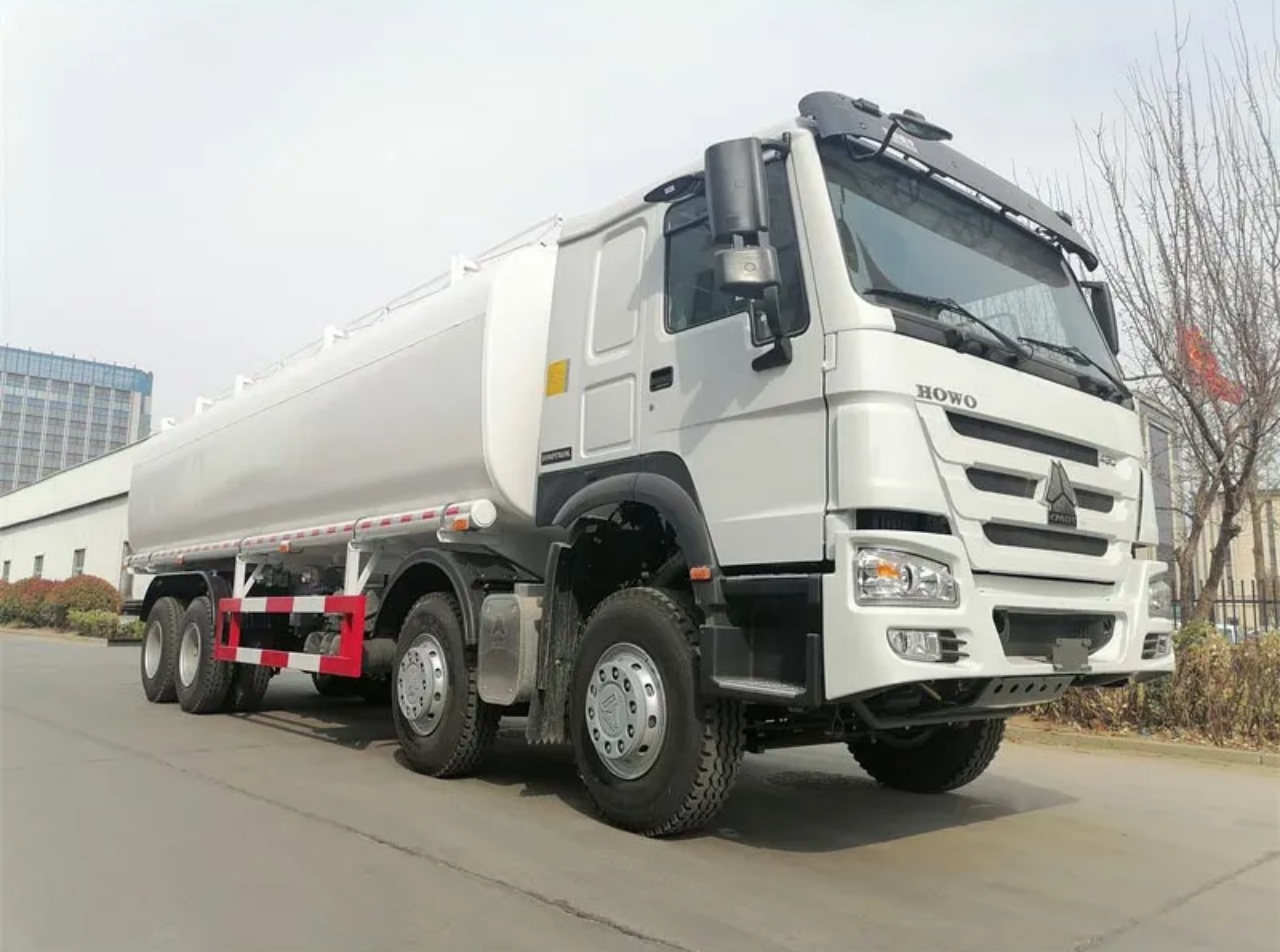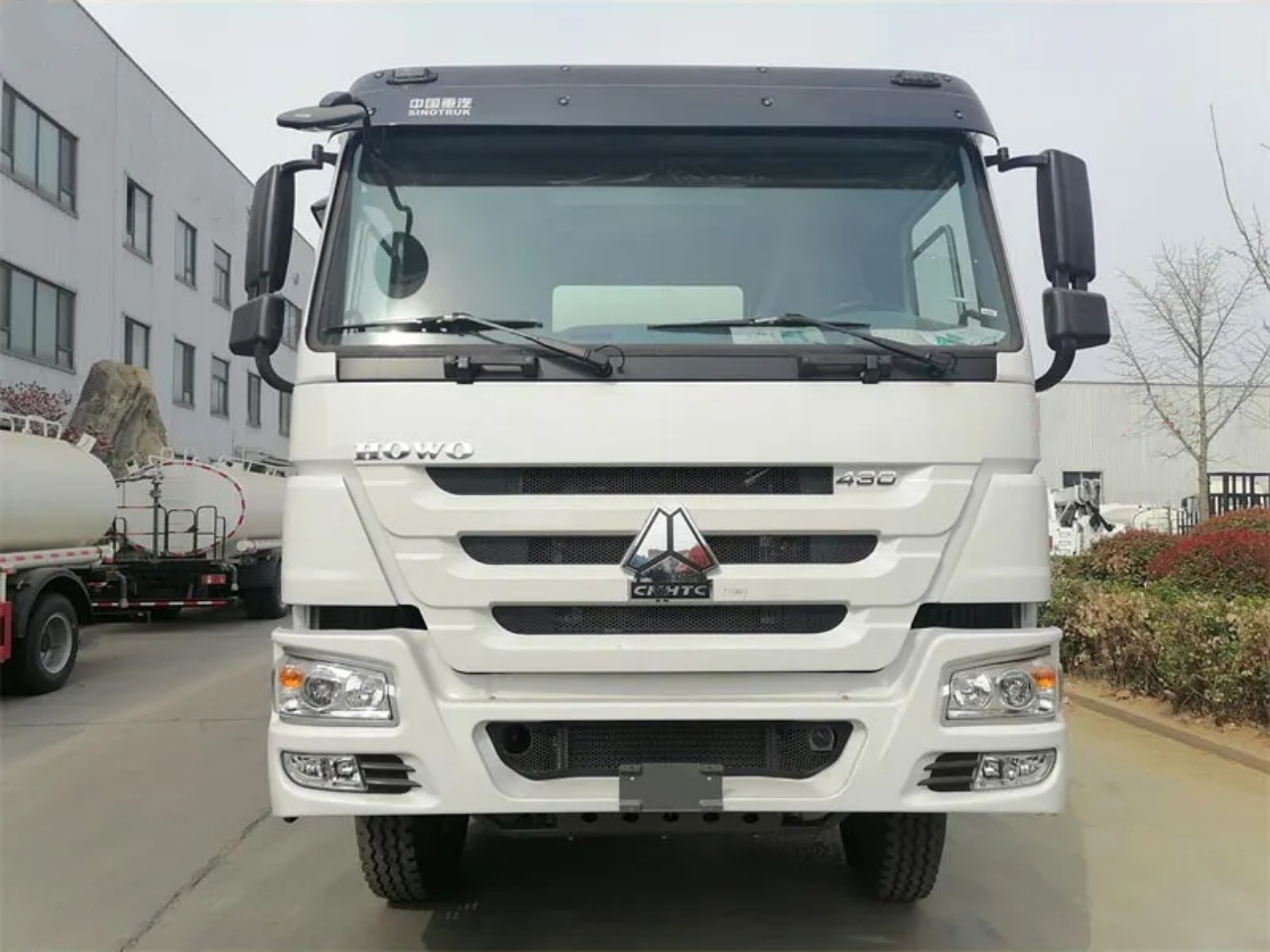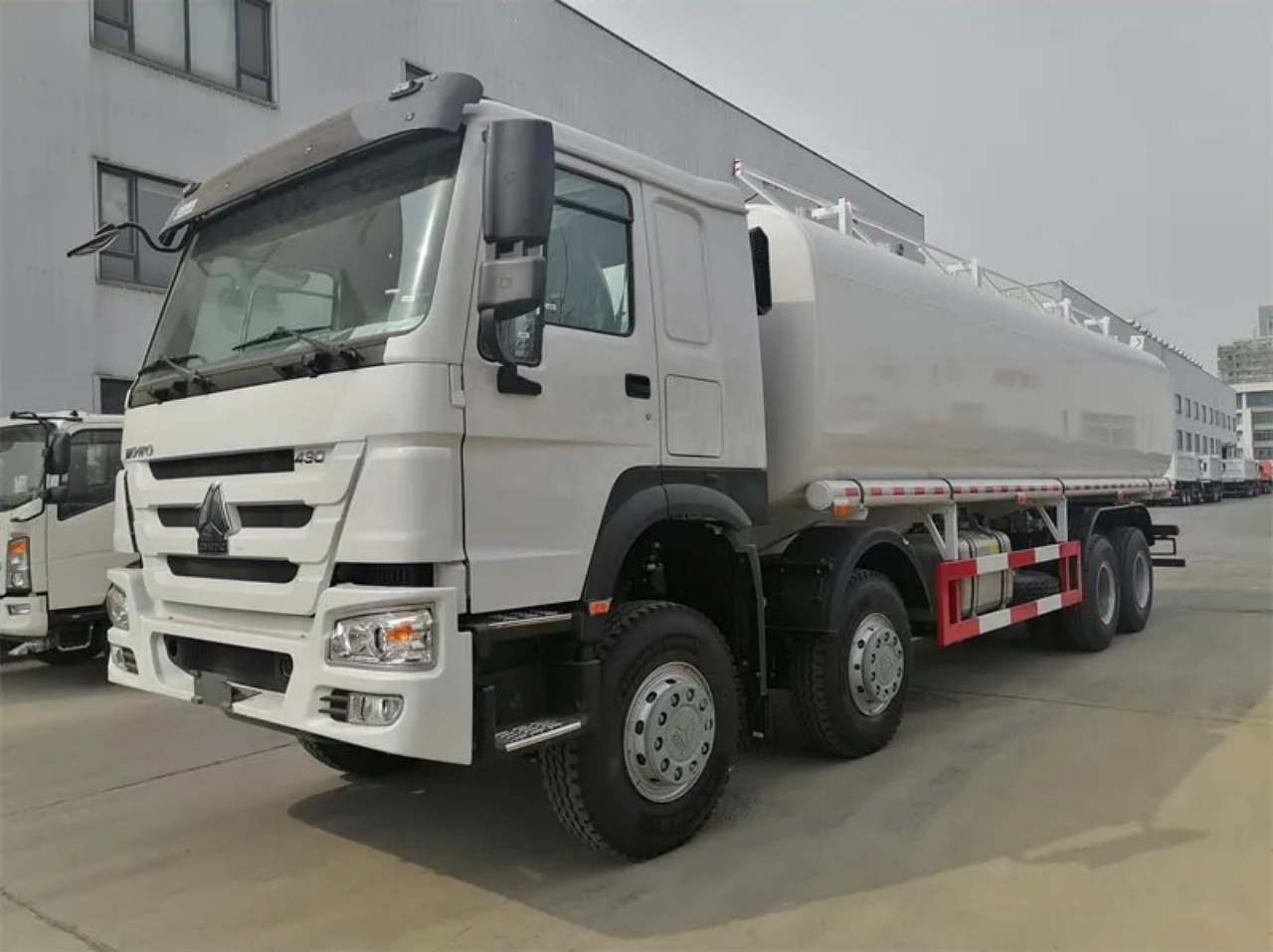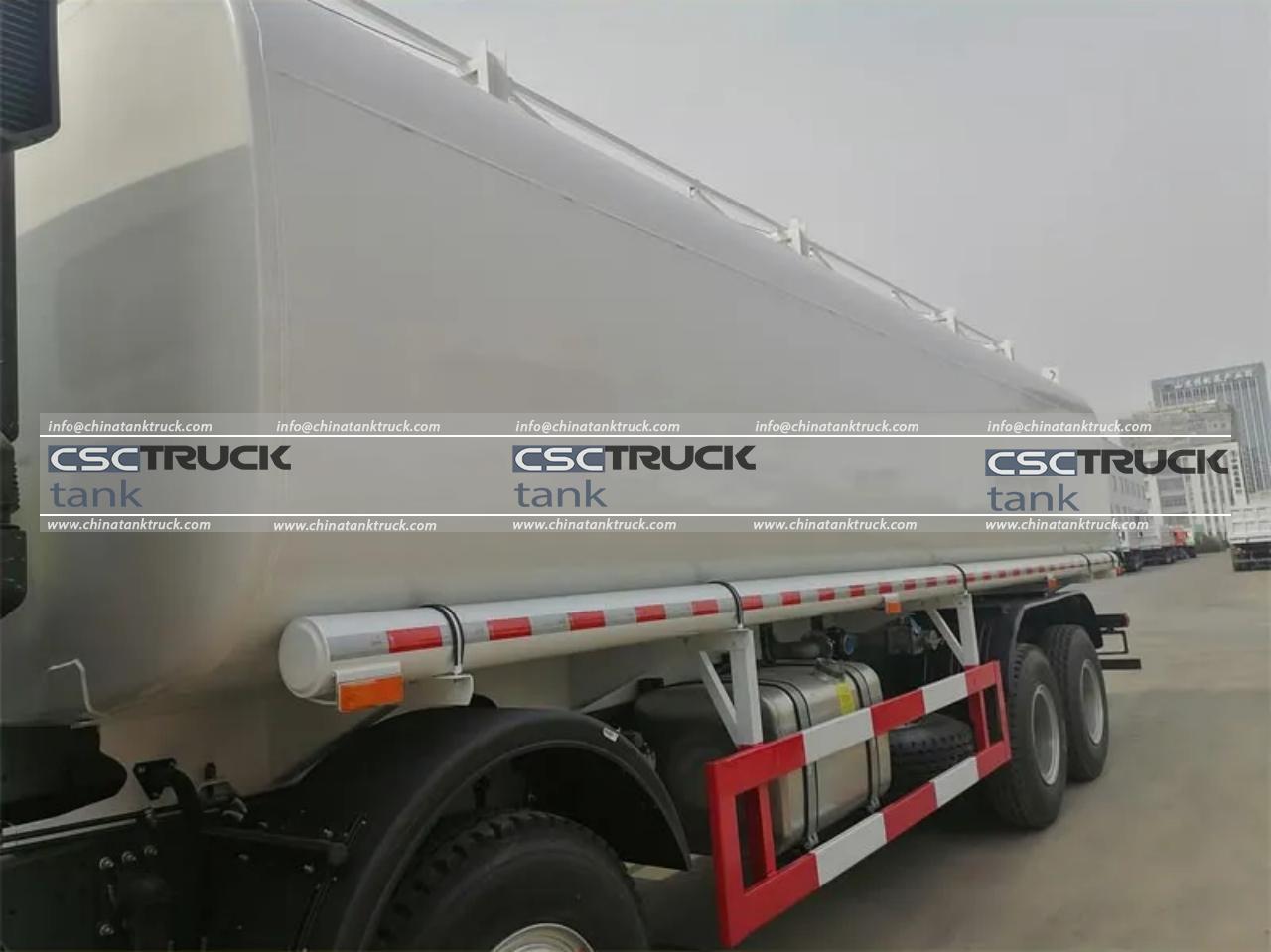Tank lorries, also known as tanker trucks or tankers, play a crucial role in the transportation of liquids, gases, powders, and other bulk materials. Whether delivering fuel to a gas station, transporting milk from a farm, or carrying chemicals between industrial plants, these vehicles are engineered for efficiency, safety, and reliability. One of the most common questions about tank lorries is: What is their capacity? The answer depends on several factors, including the type of liquid being transported, regional regulations, the design of the lorry, and its intended use. Let’s dive deep into the factors that influence the capacity of tank lorries and explore typical examples.
Understanding Tank Lorry Capacities
The capacity of a tank lorry refers to the volume it can carry, usually measured in liters, gallons, or cubic meters. However, capacity isn’t a one-size-fits-all figure. It can vary greatly depending on the type of lorry and the materials it is intended to transport. A small tanker truck may carry as little as 3,000 liters (around 800 gallons), while the largest highway-legal tankers can haul up to 40,000 liters (about 10,500 gallons) or more.

Key Factors Influencing Capacity:
- Truck Size and Design:
Tanker trucks are available in a variety of sizes, from small rigid tankers for urban deliveries to massive articulated lorries for long-haul operations. Single-unit rigid tankers typically have a lower capacity compared to tractor-trailer combinations. - Material of Construction:
Tanks are made from different materials depending on the cargo — stainless steel for food-grade products, aluminum for petroleum, and carbon steel for chemicals. The material choice can affect weight limits, which in turn influence volume capacity. - Type of Cargo:
Heavier liquids like acids or molasses may require tanks with lower volume to prevent exceeding weight limits, while lighter substances like gasoline can be carried in larger volumes. - Regulatory Limits:
Every country has laws regulating the maximum allowable weight and size of vehicles on public roads. These limits force manufacturers to design tankers within specific capacity ranges to comply with local laws. - Axle Configuration and Load Distribution:
More axles can distribute weight better and allow for higher gross vehicle weights, thus enabling larger tank capacities.
Typical Capacities by Tank Lorry Type
To better understand how varied tank lorry capacities can be, here’s a breakdown based on typical uses:
1. Fuel Tankers
Fuel tankers are among the most common types seen on highways. Their capacity usually ranges between 15,000 liters (4,000 gallons) to 40,000 liters (10,500 gallons).
- Small urban delivery fuel tankers: 5,000 to 10,000 liters (1,300 to 2,600 gallons)
- Standard highway tankers: 25,000 to 40,000 liters (6,600 to 10,500 gallons)
2. Water Tankers
Water tank lorries are used for supplying drinking water, dust suppression, firefighting, and agricultural purposes.
- Small water trucks: 3,000 to 5,000 liters (800 to 1,300 gallons)
- Large off-road or highway trucks: 20,000 to 30,000 liters (5,200 to 7,900 gallons)
3. Milk Tankers
Transporting milk requires hygienic, insulated tankers to maintain temperature and quality.
- Standard milk tankers: 15,000 to 30,000 liters (4,000 to 8,000 gallons)
4. Chemical Tankers
These tankers often carry corrosive or hazardous chemicals and are built with special linings and compartments. Due to higher density, the capacity might be lower.
- Average capacity: 15,000 to 25,000 liters (4,000 to 6,600 gallons)
5. Dry Bulk Tankers
Designed to carry powders like cement or flour, dry bulk tankers measure capacity by volume, not weight.
- Typical capacity: 20 to 60 cubic meters (about 700 to 2,100 cubic feet)
6. Cryogenic Tankers
Used for transporting liquefied gases like LNG or liquid oxygen, these tankers are heavily insulated and have relatively lower capacities compared to liquid tankers.
- Cryogenic lorry capacity: 10,000 to 25,000 liters (2,600 to 6,600 gallons)

Regional Differences in Tank Lorry Capacity
Regional regulations have a strong impact on tank lorry size:
- United States:
In the U.S., federal weight limits (typically 80,000 pounds gross vehicle weight) dictate fuel tanker capacities around 9,000 to 11,600 gallons for standard five-axle trucks. - Europe:
European regulations allow for heavier vehicles (up to 44 tonnes gross in many cases), so fuel tankers might range from 30,000 to 40,000 liters (7,900 to 10,500 gallons). - Australia:
Australia, with its vast distances and less restrictive road weight limits in some regions, often uses road trains—multi-trailer trucks with combined capacities over 100,000 liters (26,000 gallons). - Asia and Africa:
In countries with less developed road infrastructure, smaller tankers are common, ranging between 5,000 and 20,000 liters (1,300 to 5,200 gallons).
How Tank Lorries Maximize Capacity and Efficiency
Modern tank lorry design aims to maximize usable capacity without sacrificing safety. Some features that help include:
- Multi-compartment tanks: Allow for carrying different liquids at once.
- Lightweight materials: Aluminum tanks reduce tare weight, allowing higher payloads.
- Aerodynamic designs: Improve fuel efficiency over long distances.
- Pump and meter systems: Ensure accurate and efficient unloading, minimizing product loss.

Conclusion
The capacity of a tank lorry is highly variable and determined by a combination of its intended cargo, structural design, regional regulations, and operational needs. Capacities can range from as little as 3,000 liters for small water tankers to over 40,000 liters for large highway fuel tankers — and even higher in specialized setups like road trains in Australia.
Understanding the nuances of tank lorry capacities is essential for logistics managers, transport companies, and even regulators to ensure that goods are moved safely, efficiently, and within legal constraints. As transport technologies advance, we can expect future tank lorries to become even more specialized, with higher capacities, better safety features, and smarter systems to handle the growing demands of global logistics.


